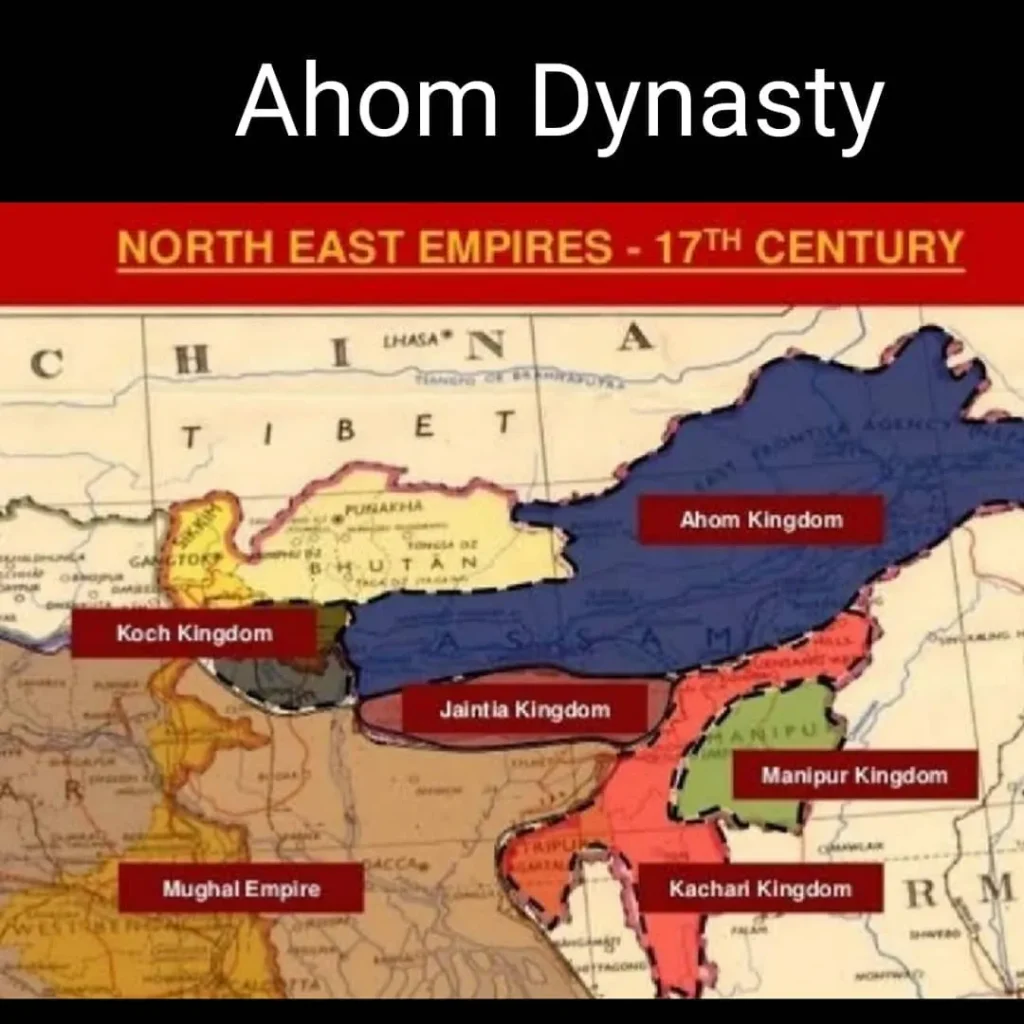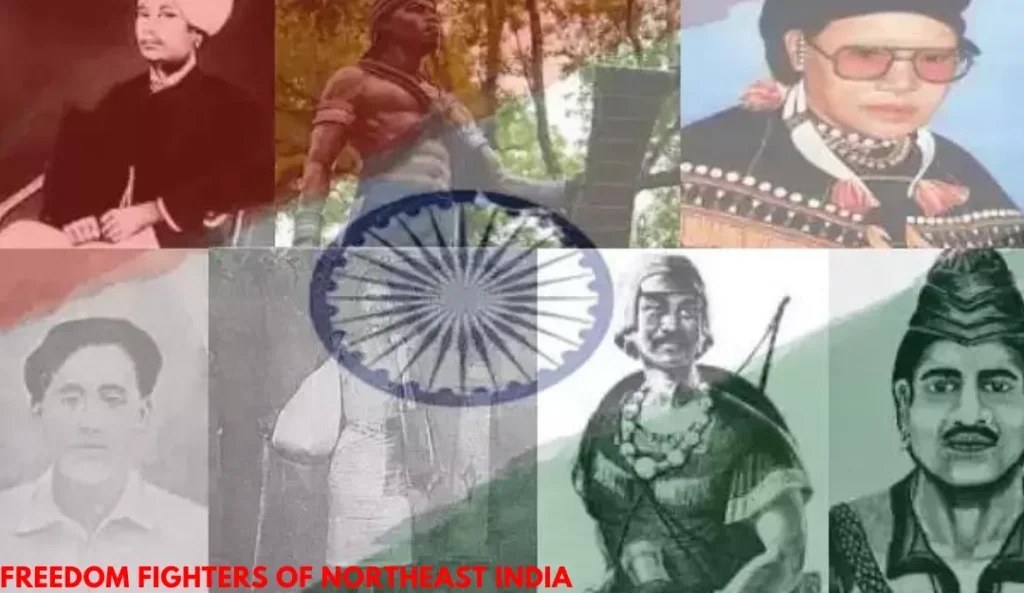Northeast States in Indian Education System
WhatsApp Channel
Join Now
Over 70 years of independence, the history of Northeast India still remains neglected in the textbooks of the Indian Educational System. The Educational System only gives priority to the mainland India. This practice is unjust and contributes to the lack of proper recognition of rich historical narratives and contributions of Northeast India.
The Northeastern part of India was isolated from the other parts of India for a long time. They never became a part of the Indian empire like the Marathas and the Mughals. So, its history is different from the rest of India. But it does not mean that the Northeast history is unimportant. In fact, its history had a lot of impact on mainland India. The Northeast is also an integral part of India, and its history should be considered as important as that of Rajasthan or Delhi.

It is important to include the history of the northeast in our textbooks. The inclusion of Arunachal’s history will help the youths to understand the ongoing Sino-Indian border dispute. They will gain knowledge about the historical context and territorial conflict. The Ahom-Mughal conflict also shows the power of northeast India. Studying the conflict, one gets to know about the courage, bravery and strategies of the Ahom Empire. Despite its small size, the Ahom’s defeated Mughals 17 times and defended their sovereignty. There are numerous other untold historical narratives about the Northeastern region which should be included in the history textbooks.
Northeast India has also made a huge contribution to India’s Independence Movement. The resistance of Northeast Indians to British rule should also be included in our history books. The sacrifices made by northeast freedom fighters like Rani Gaidinliu, U Tirot Singh Syiem, Kushal Konwar, and many others have gone unnoticed. The rest of our country should remember their sacrifices and contributions.

By learning about a wider range of topics from the history of Northeast India, students can better understand its culture, heritage, struggles, contributions and its integration into the narrative of India.
Teaching Northeast India’s history in schools helps to bring the country together. It also helps students to understand and care about different cultures. When students learn about the experiences of people from the Northeast Indian, it can help to stop wrong ideas and build a more united India. It also makes students from different parts of the country appreciate the huge diversity and speciality of India.
Telegram Channel
Join Now



